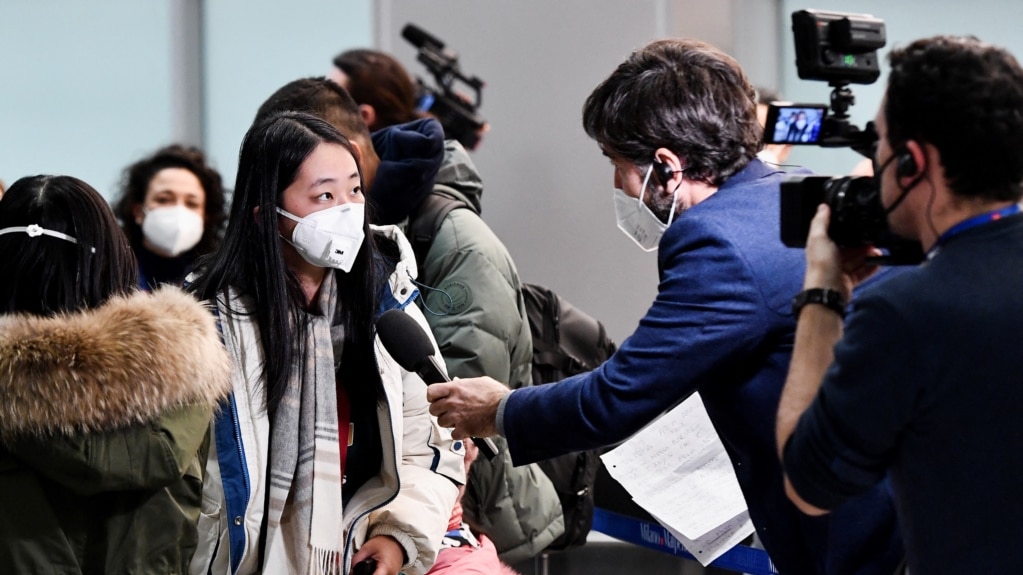World health officials are worried that they are not getting enough information from China as the country ends its severe COVID-19 restrictions.
China removed many restrictions in December, causing a sharp rise in cases. Chinese state media is not reporting on the surge. But other reporters and citizens using social media say there are long lines at health centers, not enough space in emergency rooms, an increase in funerals and a shortage of cold and fever medicines.
In Taiwan, Wang Pi-Sheng is the head of the epidemic command center. Wang said China is not being “transparent” or clear about the number of cases. “We have a very limited grasp on its information, and it’s not very accurate,” Wang added.
As a result, a number of governments around the world said they would require travelers coming from China to take a test for the virus. They include the governments of the United States, Italy, Japan, India, South Korea and Taiwan. The United States said China was not being clear and was not providing the genetic information of the kinds of the virus found in China.
World health officials worry that the increase in China’s cases might produce a new variant of the virus.
Taiwan said it expects 30,000 people from China to come to the island for the Lunar New Year. Japan is restricting flights from China, Hong Kong and Macao. Those flights are only permitted to land at a few airports with virus-testing teams.
But Chinese officials say the test requirements are not fair. Wang Wenbin is a foreign ministry spokesperson for China. He said some nations have not changed their plans for Chinese travelers. He said countries should treat Chinese travelers the same as those from other countries.
Chinese health officials say the virus cases in China are coming from the omicron variant that infected much of the world over one year ago.
Wu Zunyou is the top epidemiologist at the Chinese Center for Disease Control and Prevention. He said China is reporting the virus strains it finds in the same way as in the past.
“We keep nothing secret,” he said. “All work is shared with the outside world.”
Sebastian Guelde is the health ministry spokesperson in Germany. He said nothing suggests that the reopening in China has produced a more dangerous variant.
Tedros Adhanom Ghebreyesus is the Director-General of the World Health Organization. He said the organization needs more information from China about the number of people going into hospitals to make a proper “assessment of the situation.”
Miles Yu is director of the China Center at the Hudson Institute, a research organization in Washington. He said there is a risk of major outbreaks outside of China after “unleashing a multitude of the infected to the world.”
Dr. David Dowdy is an infectious disease doctor at Johns Hopkins University. He said the U.S. plan to test people coming from China may not be able to stop the virus from coming into the U.S. However, it may pressure China into sharing more information with the world.
An Associated Press investigation found that China waited a week before releasing genetic information about the virus in January 2020. And a World Health Organization expert group reported this year that China had not provided important information on how the pandemic began three years ago.
I’m Faith Pirlo.
Dan Friedell adapted this story for VOA Learning English based on a report by the Associated Press.

